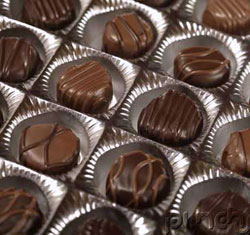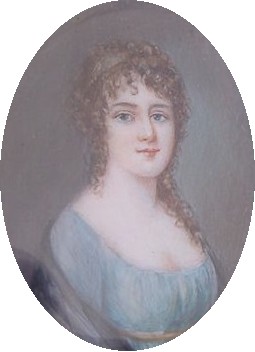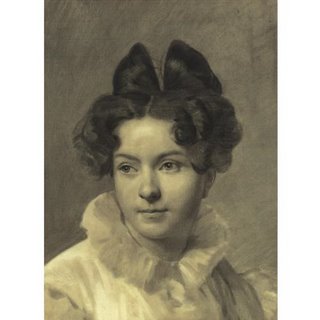 I hear contradictory theories on your dream book. One is to go ahead and write it. The second is not to write it.
I hear contradictory theories on your dream book. One is to go ahead and write it. The second is not to write it.
So what do you do when you have that one story roiling around inside you, itching to get out? The characters who’ve been knocking around forever, getting in the way, clamoring for attention (“Me! Me! I wanna be in this one!”)?
Somehow you have to get them out of your system.
The book of my dreams isn’t a historical in the usual sense. I’ve stopped and started it about five times. It’s so unlike anything else I’ve written I don’t know how it would fit in with the general direction I seem to be taking. It’s part time-travel (without the characters actually going anywhere), part romance, part I don’t know what. It’s about an archaeologist in England who has a parallel existence in the first century on a site he’s excavating. So does the woman he’s in love with. One very interesting thing I found out at about the third rewrite was that his parallel character is actually the first century female one—interesting, but it didn’t help much. The latest manifestation of it was a change of locale, with the excavation taking place on one of the lost cities of Maryland, the most famous of which is St. Mary’s City—a fascinating sliver of history you can explore, if you’re into serious time-wasting today. Also, this time the hero/heroine time traveled in the sense that they became another person in the seventeenth century. (I actually came up with this when our local RWA chapter invited a NY editor to do a workshop on query letters and we were afraid we wouldn’t have enough. She commented that this book would be very difficult to write. No kidding, but I think it could work.)
And it would take an awesome amount of research. Aaargh.
Question: can you identify “dream books” in your reading? Do you have one you’d like to write? Or, how about the ever-popular hybrid, hero from book A, heroine from book B, plot from book C?
Do tell.
Janet







